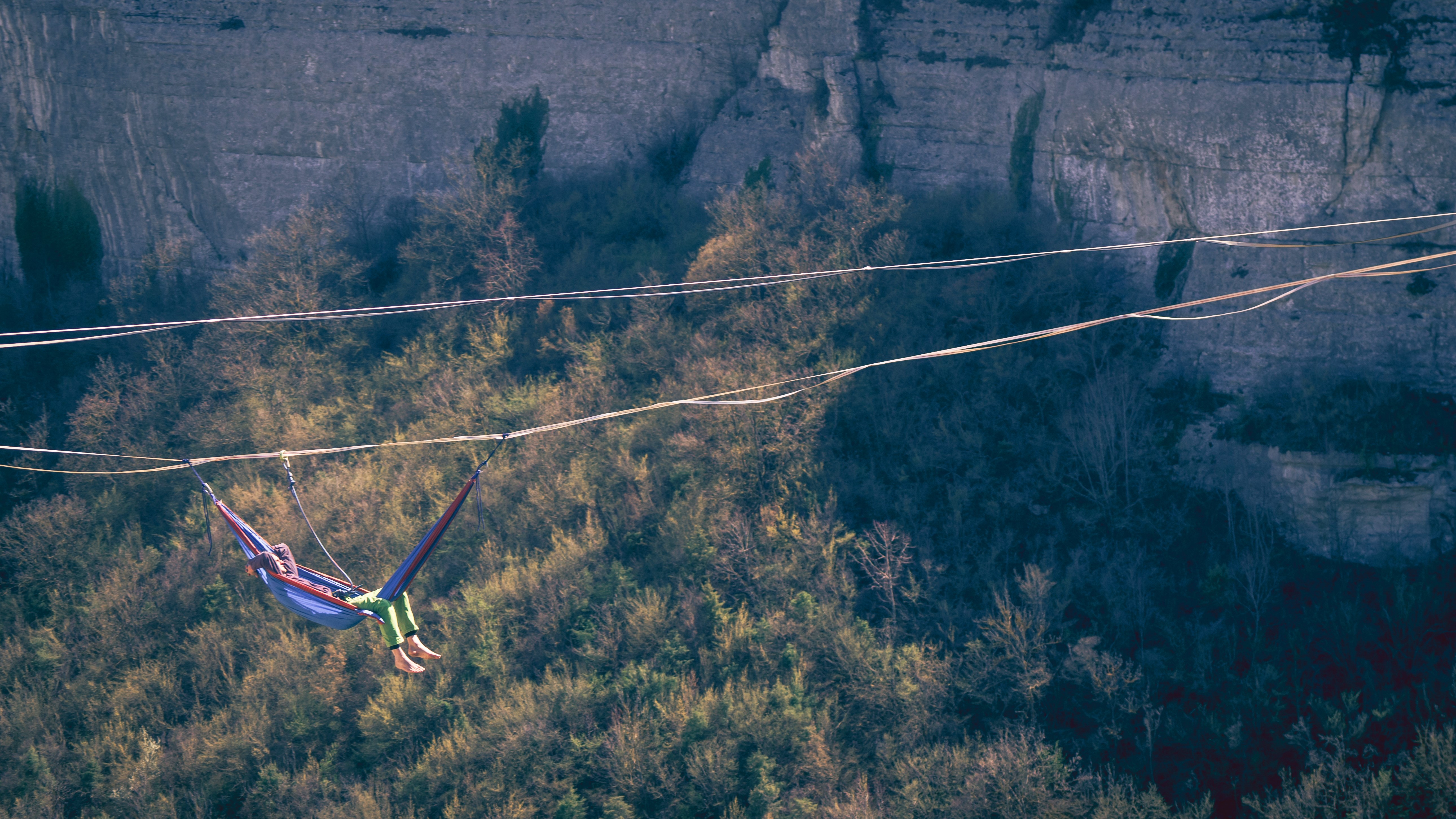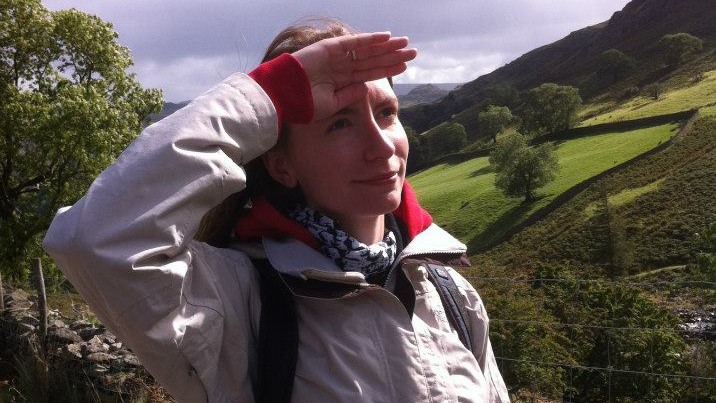
Fact-checking site Snopes.com has debunked viral photos currently circulating on Facebook that appear to show foolhardy adventurers 'sky camping' – suspending hammocks high above the treeline or over canyons, and settling down to sleep in ridiculously dangerous locations.
While cliff camping is a well established and safe practice, the pictures circulating on social media show something completely different. Rather than attaching a portaledge to a cliff face and spending the night safely attached to a climbing harness (which is necessary if you're embarking on a multi-day climb like El Capitan), 'sky campers' seem to be chilling out in hammocks attached to long cables hundreds of feet in the air for the sheer thrill of it.
As Snopes writer Bethania Palma explains, this isn't the case at all, and the photos have been deliberately miscaptioned to cause a stir.
What is highlining?
The pictures, which have recently begun spreading on Facebook now, were taken in 2014, and show people taking a break during the extreme sport of highlining. This is essentially walking a slackline at extreme height, usually with a safety harness and backup line, but very occasionally without.
If you're curious, the video below shows highliner Nathan Paulin setting a world record by walking a 403-meter line 250m in the air.
There's certainly no shortage of people acting irresponsibly outdoors (whether it's petting bears, building DIY cairns, or graffiti tagging rock formations), but sky campers aren't among them.
All the latest inspiration, tips and guides to help you plan your next Advnture!

Cat is the editor of Advnture, She’s been a journalist for 15 years, and was fitness and wellbeing editor on TechRadar before joining the Advnture team in 2022. She’s a UK Athletics qualified run leader, and in her spare time enjoys nothing more than lacing up her shoes and hitting the roads and trails (the muddier, the better), usually wearing at least two sports watches.
